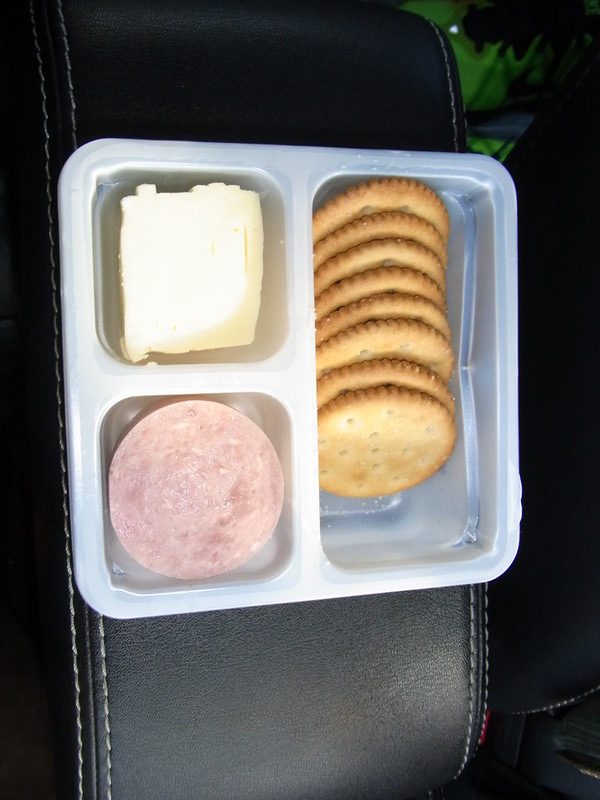When I think back to when I was in elementary school, one of the many things that comes to my mind is the meal that almost everyone in my grade had: Lunchables.
Lunchables is Kraft Heinz’s brand of pre-packed meals, with the different types of meals ranging anywhere from mini pizzas to chicken nuggets to small burgers. As of a year ago, the mini meals became a food that is distributed by schools under the National School Lunch Program. However, the school’s version is slightly altered to be a healthier option.
In my memory, Lunchables were one of the many food trends I had begged my parents to buy so I could follow suit; however, all I was met with was a, “We have food at home, why do we need to buy that?” And so, Lunchables became something that I would have when my friends felt kind enough to share with me. Even so, whenever I see Lunchables in the fridge aisle of the grocery store or when I’m out in public, I always feel a wave of nostalgia.
However, while I may look back on Lunchables with nostalgia, that may no longer be the case for future kids—especially seeing how a consumer watchdog group has reported relatively high levels of lead and sodium.
The advocacy group, named Consumer Reports, did tests on Lunchables and other similar lunch packages, such as Armour LunchMakers, Good & Gather, and Oscar Mayer. During their test, Consumer Reports tested 12 store-bought lunch packages. From there, they searched for traces of lead, cadmium, phthalates, which are chemicals used to make plastic more flexible, and sodium.
From their findings, they found that these lunches had “relatively high levels of lead and cadmium.” They measured these findings based on California’s maximum allowable dose level (MADL), which is the most protective lead standard.
The highest percentage of lead the watch group claims to have found was in the Lunchable Turkey and Cheddar Cracker Stackers at 74%, and the lowest was in the P3 Turkey Colby Jack Almonds at 7%. They also claim to have found greater than 50% for cadmium in some of their tested packages. In total, that means that five out of 12 of the tested packages expose someone to 50% or more of California’s MADL for lead or cadmium. In addition to that, they have also claimed to have found at least one type of phthalate in every kit tested, with the exception of the Lunchables Extra Cheesy Pizza.
The consequences of a person consuming lead, cadmium, and phthalates are harmful. Lead bioaccumulation, the build-up of lead over time, can lead to adverse effects such as slowed growth and development, abdominal pains, or, in extreme cases, damage to the brain and nervous system. Similarly, cadmium can result in developmental problems in children over time. Phthalates, however, have been linked to asthma, cancer, and childhood obesity.
The Consumer Report does concede that lead and cadmium are naturally found in the environment, which they say “can partially account for their presence in food.” In addition to that, they also say that none of the kits that they tested exceeded any legal or regulatory limit.
Now, the director of food policy at Consumer Reports Brain Ronholm is calling for the United States Department of Agriculture (USDA) to remove Lunchables from the National School Lunch Program. As a result, the group is now petitioning for the change to be set in place.
In response, a spokesperson from Kraft Heinz said, “All our foods meet strict safety standards that we happily feed to our own families.” The spokesperson also notes that the company has improved the nutritional benefits of Lunchables by adding fresh fruits and reducing calcium in the crackers.
So, in the end, maybe my parent’s suggestion to eat the food at home wasn’t all that bad.



























































































